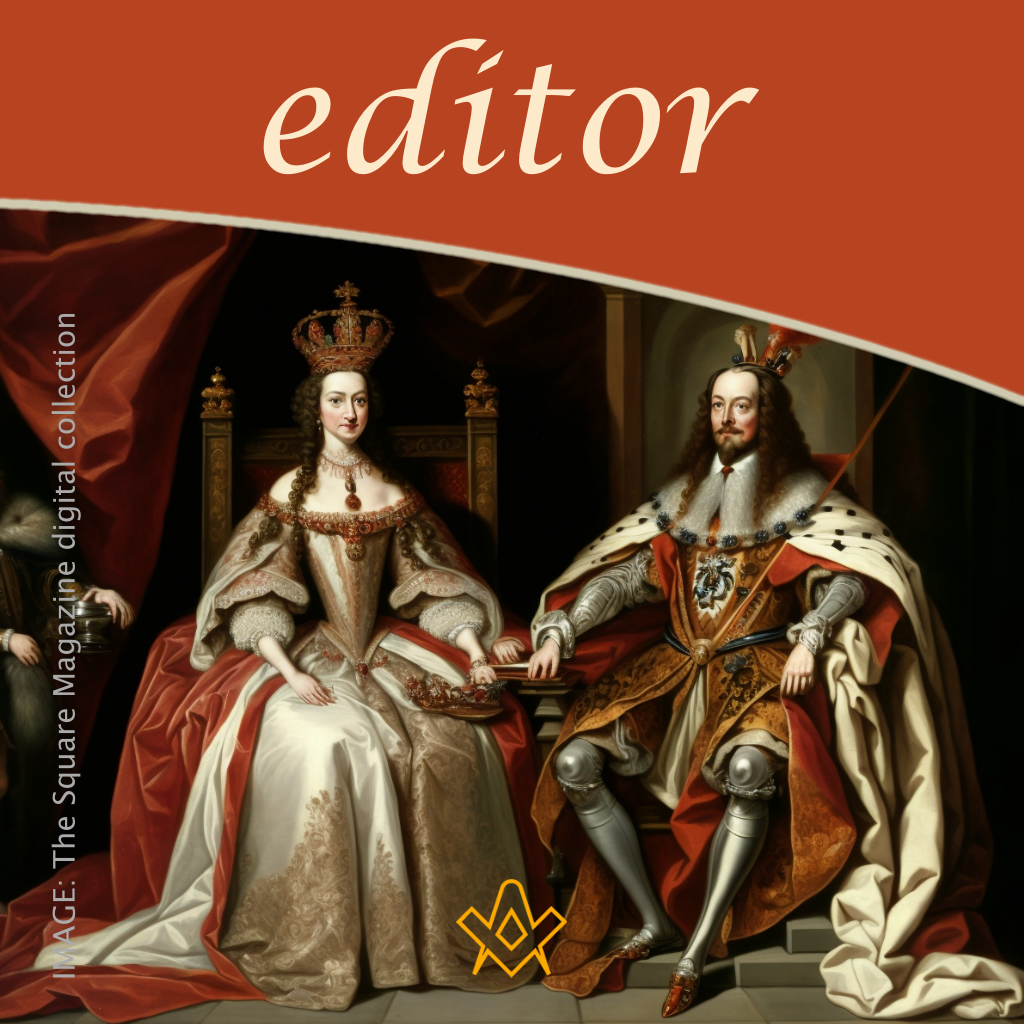Welcome to the May 2023 issue of The Square
This month sees a very special occasion in the life of the British – the coronation of a new monarch, King Charles III, and it is estimated that around 6 BILLION people around the world will be watching the event. So for those of you not in the United Kingdom, I apologise for the unashamedly Britain-centric column this month!
For many of us, the late great Queen Elizabeth II was the only monarch we had known. It was a dreadful, but not unexpected shock when our beloved Queen passed away, and somewhat difficult to change our narrative to ‘God Save the King!’ or to say the words ‘King Charles’.
In our main feature ‘Freemasonry and the Royal Family’ it explores how the relationship between the two is as complex as it is enduring, a melding of tradition, power, and mystery that continues to captivate the public imagination.
The Coronation itself is metaphorically akin to that of the First Degree and is comprised of various rituals such as the taking of special vows by the monarch, and the investing and presentation of regalia to the monarch.
Freemasonry has, since 1722, demonstrated allegiance to the ruling monarch of Great Britain. This was in part due to the Jacobite leanings of some Freemasons and it was a smart move to show that the Craft was firmly behind the King. In a paper delivered by RW Bro Donald M Fleming PJGW on 10th March 1978, to Bahamas Installed Masters Lodge No. 8764, it states that:
In the Toast lists of the eighteenth and nineteenth centuries this Toast holds the foremost place. It was given with full Masonic honours, whether the King was or was not a Freemason.
It will be remembered that the first Sovereign who was a Freemason was King George IV, who reigned from 1820 to 1830. His brother, who succeeded him as King William IV and reigned until 1837, was also a Freemason.
So, as Freemasonry welcomes a new Sovereign Head of State on Saturday, 6 May – we will raise our glasses to “The King and the Craft!” However, I imagine a fair few of us will think fondly of our former monarch as we do so.
This month we have a great line up of Masonic knowledge to keep you pondering and learning:
This month’s Editor picks:
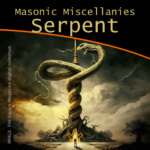
The Symbol of the Serpent examines the perennial intrigue with the imagery and meaning of the snake throughout the centuries.
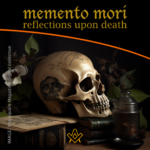
In Memento Mori, Gabriel Anghelescu takes us on a journey of mystery and enlightenment, reflecting upon death in the First and the Third Degree.
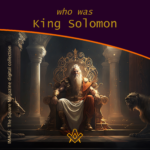
Who was King Solomon? The first in a series of articles explores the life and wisdom of this remarkable king.
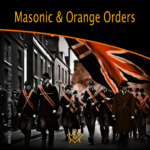
The Masonic and Orange Orders: Fraternal Twins or Public Misperception? Kenneth Jack explains all, including the answer to the cryptic question of “Who’s the Mason in the black?”
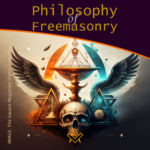
Jacob Ernst’s 1870 treatise on The Philosophy of Freemasonry is as relevant to day as it was 150 years ago.

Regular contributor Salik Tariq gives us his insights into the Solomon Virtual Learning Platform.
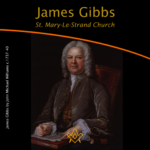
Historian Ricky Pound examines the Mysterious Eighteenth-Century Graffiti etched into the wall at architect James Gibbs’ St Mary-Le-Strand Church in the heart of London – are they just stonemasons’ marks or a Freemason’s legacy?
As always, we also have the usual features of podcasts, blogs, old books, new books, reviews of books, and a whole host of Masonic knowledge to keep you busy with your ‘daily advancement’.
We hope you enjoy this month’s issue. If you do – or if you don’t – drop me a line at editor@thesquaremagazine.com
Until next time, stay safe and well.

Article by: Philippa Lee. Editor

Philippa Lee (writes as Philippa Faulks) is the author of eight books, an editor and researcher.
Philippa was initiated into the Honourable Fraternity of Ancient Freemasons (HFAF) in 2014.
Her specialism is ancient Egypt, Freemasonry, comparative religions and social history. She has several books in progress on the subject of ancient and modern Egypt. Selection of Books Online at Amazon
